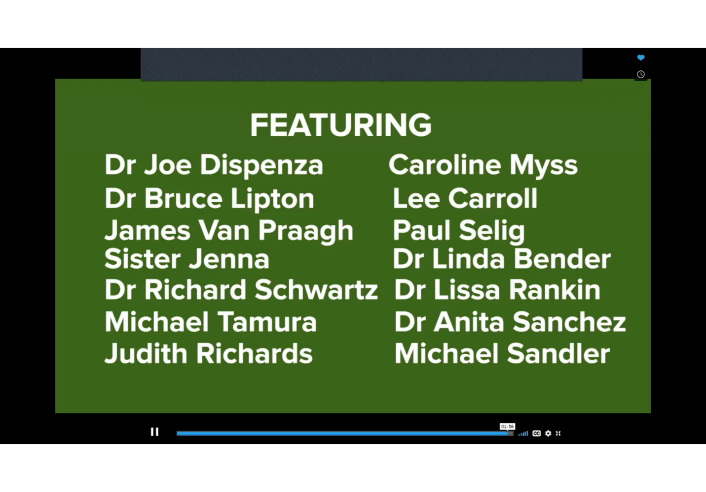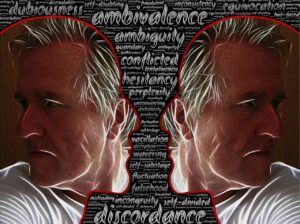TRTP (The Richards Trauma Process)
Here are a few examples of childhood experiences that contribute to trauma and may still affect the person later in life.
- Physical abuse
- Verbal abuse
- Gaslighting
- Neglect/absent parent
- Lack of support or affirmation
- Distressing events
- Sexual grooming or sexual abuse
- Mind control/cult upbringing or within outside groups
- Constant denigration and put down comments by parents or caregivers or teachers
- Parents who gave you the “silent treatment”
- Basic needs neglected eg meals, proper standard of shelter and bedding and supervision and education
- Having adult responsibilities at too young an age
- Parents taking no interest in you/your inner life unless you achieve special accomplishments or awards or outward performance
- Volatile behaviour around you as a child eg alcoholic or drug addicted parent with unpredictable behaviour
ALSO RELEVANT:
Non Secure Attachment Types – read more in our blog
Adverse Childhood Experiences (Aces) – read more in our blog
Trauma responses are subjective/personal to the person and not everyone who goes through any of these experiences will necessarily have issues in adult life.
Being a trauma informed therapist or counsellor means that a client’s attachment history are taken into account in the therapy/client relationship as well as understanding trauma responses as a symptom. Clients who have experienced relational/developmental trauma may perceive “safety” as ALL OR NOTHING and therefore have difficulty with any therapies if that sense of safety is not experienced.
A trauma informed therapist can appropriately engage empathy, compassion and understanding at the right moments with clients who have experienced adverse childhood events or non-secure attachment history. No distressing experience is too small or dismissed, but all taken seriously if it has impacted the client’s emotional health.
TRTP stands for The Richards Trauma Process. It was created by Judith Richards who also features in the film FACING FEAR.


WHAT TRTP™ is as described by founder:
“TRTP™ is an elegantly simple, yet comprehensive, step-by-step process which resolves extreme trauma and trauma-related issues – anxiety, depression, fears and phobias. It achieves results quickly, effectively and safely – generally in 3 sessions.
It is a truly eclectic therapy. It is a very structured, yet dynamic process. It includes components of Gestalt, Mindfulness, Ego-state Therapy, Choice Therapy, Cognitive Therapy, Parts Therapy, Emotion-focused Therapy, Motivational Interviewing, Dream Rehearsal Therapy and others.
It is a dynamic, rich and sequenced series of steps, which, if separated would not be anywhere near as powerful. It is unique. It allows space for the individual client’s needs to be met.
TRTP™ makes use of deep imagination. Deep imagination is used in order to deal with trauma where it is stored – in the subconscious and in the body. (Levine, van der Kolk, Rothschild, Ogden).
TRTP™ is in alignment with the two requirements stated by van der Kolk, Levine and other trauma experts:
For trauma to be resolved –
1. the person must (somehow) be moved to an empowered position in regard to the trauma
2. the body must (somehow) know that the event / events are over

TRTP™ initially deals with the underlying, unconscious core beliefs which keep a person stuck in patterns of thought, emotion and behaviour.
In dealing with this at the beginning of the process, self-sabotage is avoided during the following therapy.
TRTP™ then takes the emotional charge from the past, moving the client to a place of empowerment in relation to the trauma. Because deep imagination is used, the therapist can then speak directly to the body and to the unconscious.
The client is shifted from fight/flight/freeze and moved to an empowered, self-regulated state. The sympathetic nervous system is calmed. The memory of the trauma is placed firmly in the past.
The client quickly moves from their state of fight, flight, freeze – ‘I’m not safe!’ To, ‘It’s over. I’m safe now…’ Calm returns, on all levels. Symptoms cease.
TRTP™ does not merely address the symptoms of trauma. It deals with the underlying cause of the problem, removing the emotional charge from the past and returning the person to a state of empowerment, returning the sympathetic nervous system to calm.” Credit: The Richards Trauma Process

Is TRTP suitable for you?
TRTP is suitable for clients who have the following symptoms:
• Anxiety or Chronic Stress Triggers
• Depression
• PSTD
• OCD
• Addictions of Gambling, Food, Shopping
• Drug or Alcohol addictions post rehab unless already abstaining
How Are Sessions Conducted?
TRTP is a 3 stage process and is only effective if all 3 stages are completed. Sessions are prepared in advance and personalized to the client’s profile and history. Appointments are spread out over a period of approximately one month. Complimentary follow up calls 1-3 months later to review improvements and progress are included.

Get In Contact to Discuss TRTP:
(For clients outside Australia please use this link to book a complimentry Zoom call)

